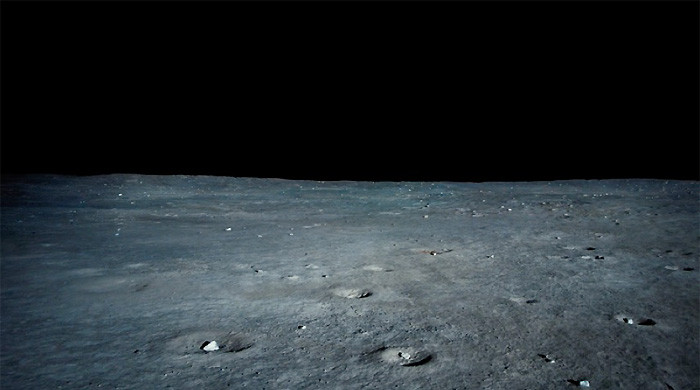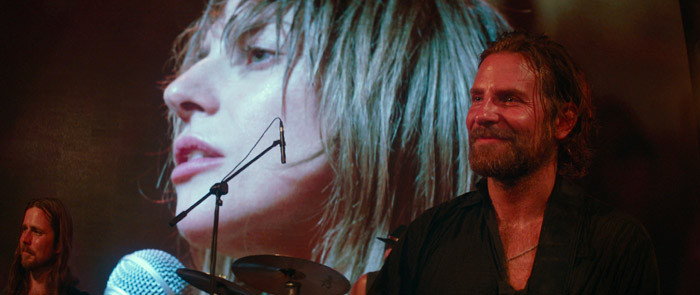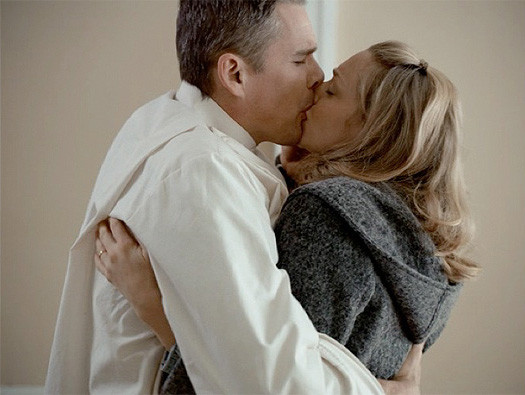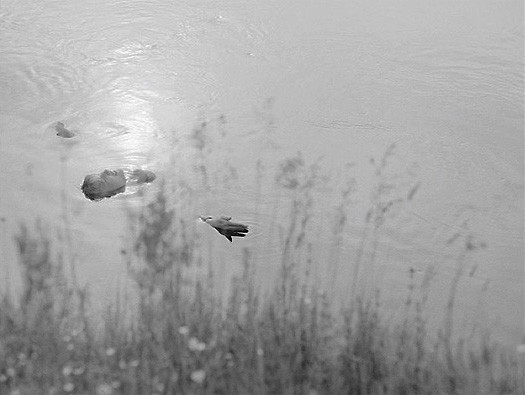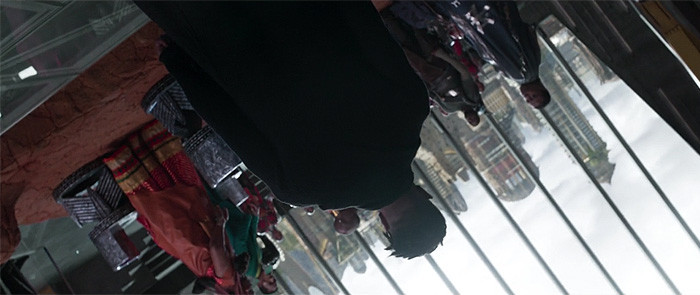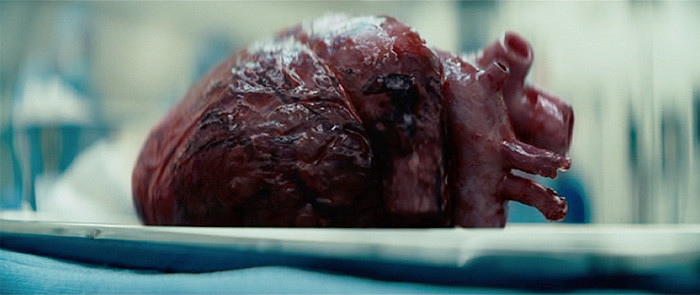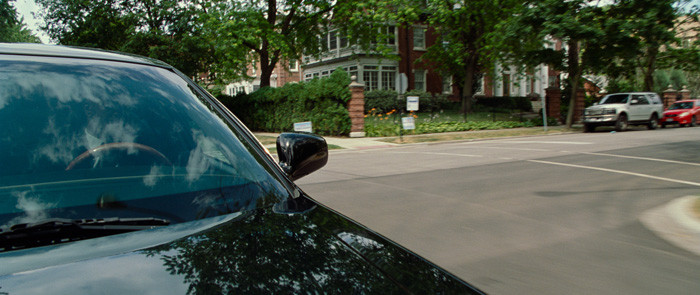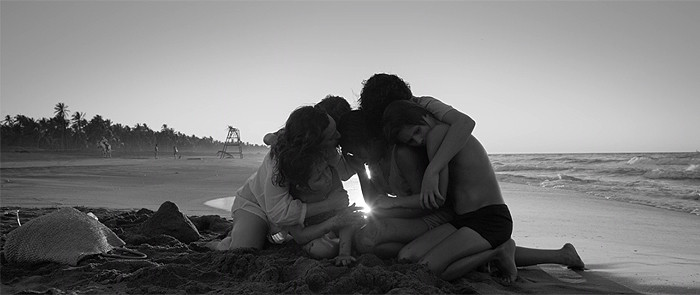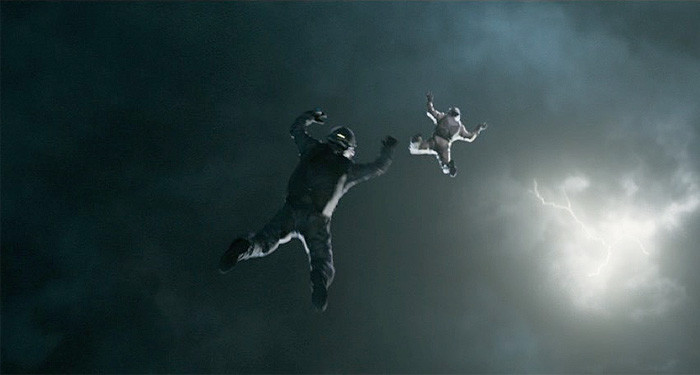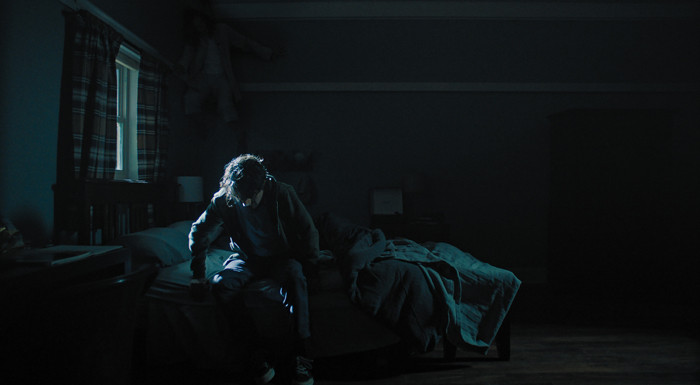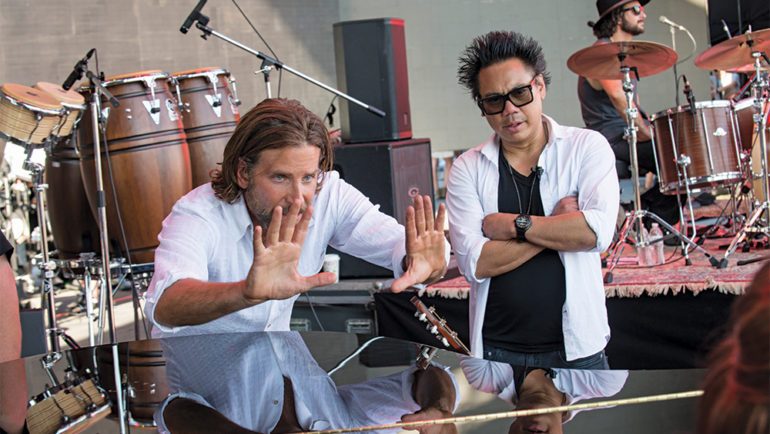The Top 10 Shots of 2018
By Kristopher Tapley
LOS ANGELES (Variety.com) – The best cinematography of 2018 has come in black and white. It’s come in vibrant color. It’s come as photochemical reaction and as streams of ones and zeroes. It’s crossed genres and approaches, from horror and satire to costume porn and blockbuster action. It’s taken us from the hearth to the moon and into the souls of artists and lovers.
This annual column, a 12th edition, is a personal reflection on the year in single cinematic images. Thematic import, technical prowess and of course good old fashioned subjective affinity figure into determining the list, which would probably change if you asked me tomorrow. But if you’re asking me today, these are the 10 best shots of the year.
SPOILER WARNING:
It goes without saying that a granular assessment of filmmaking such as this will deal quite liberally in information that might be deemed a spoiler. Some of these films have not yet been released, so proceed as you will.
#10
“FIRST MAN”
Director of Photography: Linus Sandgren, FSF
“We had a discussion about the realism of the story and how we shot that with handheld cameras in the capsule, sort of intimate and intense, and whether we were going to stick to that style on the moon or do it differently. That’s when the discussions about Imax came in. That whole moment needed to feel like a ‘Wizard of Oz’ moment. It goes from the world we’re used to into something completely different. It was about creating a huge impact.” —Linus Sandgren
Damien Chazelle’s drama “First Man,” centered on astronaut Neil Armstrong and the most audacious feat in human history, is daring in its insistence on intimacy. The visual storytelling reflects Armstrong’s emotionally clenched nature throughout, captured with 16mm and 35mm photography before exploding into the Imax aspect ratio for the film’s moon-walking sequence. The alien nature of the setting called for something radical. Chazelle and DP Linus Sandgren’s transition to the larger scale is subtle but effective, hidden within the darkness of the lunar module as we slide out into the silent void.
#9
“A STAR IS BORN”
Director of Photography: Matthew Libatique, ASC
“Obviously we want to be on Ally in that scene for 90% of it, but Bradley thought if we could get a live image of her, we could have a two-shot. The screens were inspired by the stages there at Coachella. The idea is to check in with him and the pride he has in her performance. It’s the first time she takes front and center and it marks the intersection of her rise and his slow departure from his stature. ‘Shallow’ was the coming out but this is where Ally takes over.” —Matthew Libatique
This is a fairly simple composition that tells the story of “A Star Is Born” efficiently. We’re seeing the emergence of one talent and the waning of another. The use of red is noteworthy, though, a reminder of the way director Bradley Cooper and DP Matthew Libatique approached the color palette in the film. After a few Alexa Mini tests at Cooper’s home under a glowing red neon sign, the duo decided that would be the color of Jackson Maine, a fading legend from the glitzy world of bright lights and stadium tours. In this scene, however, Ally begins to claim that color for herself as a star is born.
#8
“FIRST REFORMED”
Director of Photography: Alexander Dynan
“This was the only camera movement in the original script. It was the thing that sort of burst it all open and changed the visual language of the film. I think it also parallels the ambiguous quality of the sequence: Is it a dream or is it reality? Paul wanted it to be brighter than any of the other things we shot, and I added a zoom to it, which is different than the rest of our language. It always makes the audience lean in when you do things like that.” —Alexander Dynan
Director Paul Schrader and lenser Alexander Dynan kept the imagery of “First Reformed” rigorously composed and locked down for the most part. It was to be a scholarly synthesis of Schrader’s influences, from Ingmar Bergman and Herbert Wilcox to Robert Bresson and even contemporary Pawel Pawlikowski. But in this final moment, Schrader drastically shifts his approach for the reasons Dynan spells out above. The intention is to send the viewer out of the theater pondering the meaning of it all — not unlike the introspective headspace Ethan Hawke’s Reverend Toller wallows in throughout.
#7
“COLD WAR”
Director of Photography: Lukasz Zal, PSC
“It was kind of embarrassing to repeat ourselves shooting another black-and-white movie and in 4:3, but it was so important to us to make a different film from ‘Ida.’ With Pawel, this was a very personal scene. It was important for him because this place, it reminds him of his childhood. It was a very precise idea from the beginning of what it would look like. It was amazing because the sun was in a certain place and it was reflecting in the water. We were very lucky.“ —Lukasz Zal
Speaking of Pawel Pawlikowski, he and DP Lukasz Zal paired up again this year for an era-spanning romance in beautiful black and white. Zal says the goal was to avoid distraction with the visual aesthetic, though within that rigidity, there is interesting play. Perhaps that’s why this image has such a charge. The whole of the film is beautiful, inspired by filmmakers like Jean-Luc Godard, Andrei Tarkovsky and Michael Curtiz, as well as the work of photographers Helmut Newton and Bogdan Dziworski (which was important in terms of “looking for something unusual in reality,” Zal says). But the movie lets go of itself a little bit here and it’s sort of exhilarating for it.
#6
“BLACK PANTHER”
Director of Photography: Rachel Morrison, ASC
“Both Ryan and I have a tendency to be story or substance over style and we tend to be wary of anything that feels too in your face. But at the same time, I’m a strong believer that everything we do mimics the stakes of the story, what the character’s emotional experience is at that moment. The stakes don’t get higher than this moment. For us it was like waking up to an America where Trump was elected and nothing was ever going to be the same again. It was a shot that felt justified.” —Rachel Morrison
Well. Really, what else is there to say to illuminate this straightforward but rather brilliant choice in box office giant “Black Panther?” The interplay of Morrison’s shot with composer Ludwig Göransson’s percussive score really heightens the effect of a bad king’s rise, Shakespearean in its own right even without lines drawn to the zeitgeist. With a Technocrane and an Oculus gimbal, Morrison and director Ryan Coogler turn the world of Wakanda on its head. What’s up was down. What’s down was up. Who even prepared for this? (We’re still talking about the movie, right?)
#5
“VICE”
Director of Photography: Greig Fraser, ASC, ACS
“McKay is such a genius when it comes to creating simplicity out of complexity. A heart represents a lot of things in this world. It represents love. It can represent hate, darkness. The heart is metaphorical and literal in this film. We had a few sequences in the movie where the camera became a passive observer, the all-seeing eye, and very deliberately, this shot, we de-elevated on a dolly and the heart slowly comes into the shot. There was no tilt. The shot was un-operated.” —Greig Fraser
Talk about Shakespearean. The Machiavellian undertones of Adam McKay’s Dick Cheney examination “Vice” certainly ring in that register. Here is a portrait of soullessness, of an incredibly efficient bureaucrat whose quest for power is sidetracked at intervals by a failing heart. The film crescendoes with a sequence framed by a transplant of the dying organ, concluding with this image of it, cold and black. On the nose? Gloriously so.
#4
“WIDOWS”
Director of Photography: Sean Bobbitt, BSC
“Chicago is a remarkable place in so many ways. It’s sort of a microcosm of American society. One of the recurring things Steve and I found amazing was the geographical proximity of incredible wealth and extreme poverty — literally cheek by jowl. We kept thinking, ‘How do we show this?’ The original idea had been a rather traditional dialogue scene within the car itself with some emphasis of looking out the windows to see the transition, but that didn’t seem to tell the story.” —Sean Bobbitt
There was a lot of pressure from producers to cut this car-mounted shot from Steve McQueen’s “Widows,” but the Oscar-winning director held firm. The sequence follows politician Jack Mulligan from a campaign stop in a lower-income area of Chicago to his mansion in a more affluent neighborhood, mere blocks away. It’s atypical but, as DP Sean Bobbitt explains, quite willful. As a storytelling device, it illustrates a setting defined by its interplay of the haves and have nots.
#3
“ROMA”
Director of Photography: Alfonso Cuarón
“The principle is you want to keep a unity of time and space and honor the emotion of real time, allowing the characters to flow in the space and giving as much weight to the character as to the environment. Here we had to manipulate the sun, because when you’re shooting digital, the highlights can clip very easily. After each take I would shoot the whole scene and do a pass with no actors three stops down to recover the information.” —Alfonso Cuarón
When his longtime DP Emmanuel Lubezki was no longer available to shoot “Roma,” a film that had been specifically designed for him , director Alfonso Cuarón took it on himself. Well…that worked out. The most beautifully shot film of the year is packed with images to choose from for a year-end assessment such as this, but an extended take following concerned nanny Cleo from the beach into the sea to rescue children caught in the surf stands above the rest. And it isn’t just the technical proficiency of the movement, but also the pyramid-like final frame it eventually settles on that makes it so potent.
#2
“MISSION: IMPOSSIBLE — FALLOUT”
Director of Photography: Rob Hardy, BSC
“We didn’t just want a great skydiving shot, we wanted a great storytelling shot. One of the things I really loved in the final result was the fact that sometimes the focus wasn’t quite on the mark. It was the imperfections of the shot, for me, that really made it. It made it real. If it had been a CGI shot, it would have been perfect. I enjoyed the fact that it wasn’t a pristine image and it had a rough-and-tumble to it.” —Rob Hardy
The HALO jump sequence from “Mission: Impossible — Fallout” has been thoroughly analyzed at this point. Director Christopher McQuarrie broke it down with gusto on an episode of Variety’s “Playback” podcast . Beyond just being a dazzling technical feat (DP Rob Hardy says it’s actually three shots stitched together), it also called for rewiring a skydiving cameraman’s instincts, e.g., telling the story with angles and movement versus widely and objectively capturing the action in the frame. The result is a heart-stopping stunt in a franchise that keeps raising the bar on that front.
#1
“HEREDITARY”
Director of Photography: Pawel Pogorzelski
“Many of the conversations I had with Ari were about this moment. I went to Camerimage and we showed the film, and a lot of people were talking to me about how scary it is to find it on your own as your eyes are wandering through the frame. In horror movies, the tension loses itself when you see the monster. It becomes reality and the mind is not creating it anymore. We wanted to keep it quite dark.” —Pawel Pogorzelski
Few moments in 2018 cinema were as arresting as the instant you locked eyes on Toni Collette perched in a corner over a stirring Alex Wolff in “Hereditary.” Director Ari Aster and DP Pawel Pogorzelski were inspired by films like “Don’t Look Now” and “Three Colors: Red” in finding the tone and mood of the project, but in a movie that does such an expert and creepy job of hiding information in the frame, this pitch dark image took the cake. My only regret is not seeing it with an audience after Sundance, to luxuriate in those gasping when they realized. It is the best shot of 2018.
(Photos courtesy of: Universal, Warner Bros., A24, Amazon, Disney, Annapurna, Fox, Netflix and Paramount)
Check out previous years:
The Top 10 Shots of 2017
The Top 10 Shots of 2016
The Top 10 Shots of 2015
The Top 10 Shots of 2014
The Top 10 Shots of 2013
The Top 10 Shots of 2012
The Top 10 Shots of 2011
The Top 10 Shots of 2010
The Top 10 Shots of 2009
The Top 10 Shots of 2008
The Top 10 Shots of 2007
